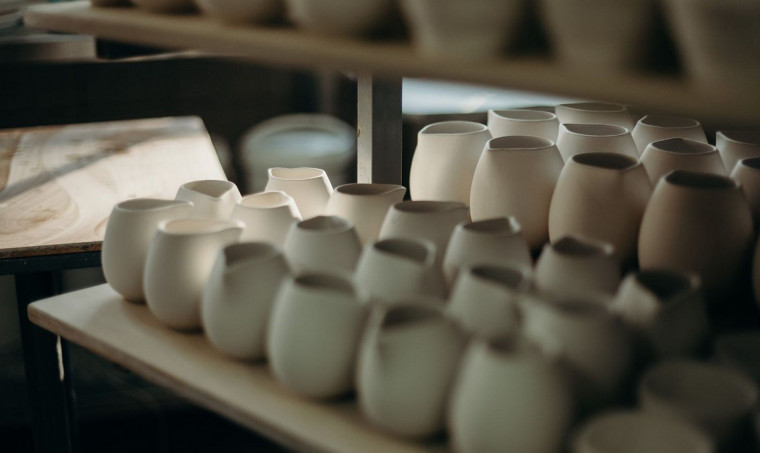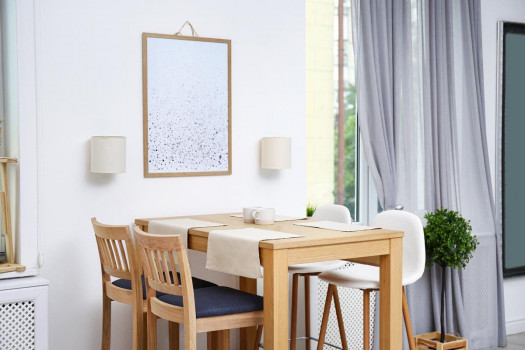KAOLIN in porcelain making




KAOLIN IN PORCELAIN MAKING
Kaolin, also called china clay, kaolinite, soft white clay that is an essential ingredient in the manufacture of bone china and porcelain and is widely used in the making of paper, rubber, paint, and many other products.
The name “kaolin” is derived from “Gaoling” (Chinese: 高嶺; pinyin: Gāolǐng; lit.: ‘High Ridge’), a Chinese village near Jingdezhen in southeastern China’s Jiangxi Province. The name entered English in 1727 from the French version of the word: kaolin, following François Xavier d’Entrecolles’s reports on the making of Jingdezhen porcelain. The formula of using kaolin was kept as a trade secret of making bone china for centuries.
The unique chemical properties of Kaolin haven given its magic use in the porcelain industry, where its high fusion temperature and white burning characteristics make it particularly suitable for the manufacture of whiteware (china), porcelain. Making precious pieces such as bone china that has been defined as “ware with a translucent body”. Bone china is the strongest of the porcelain or china ceramics, having very high mechanical and physical strength and chip resistance, and is known for its high levels of whiteness and translucency. Its high strength allows it to be produced in thinner cross-sections than other types of porcelain.
The absence of any iron, alkalies, or alkaline earth in the molecular structure of kaolinite confers upon it these desirable ceramic properties. In the manufacture of whiteware, the kaolin is usually mixed with approximately equal amounts of silica and feldspar and a somewhat smaller amount of a plastic light-burning clay known as ball clay. These components are necessary to obtain the proper properties of plasticity, shrinkage, vitrification, etc., remain stable for forming and firing the ware in 1200 degree.
Kaolin is still considered as one of the best clays in making porcelain. It’s also been widely used in the papermaking industry. It is frequently used in adhesives for the paper to control the penetration into the paper where its very fine particle size, whiteness, chemical inertness, and absorption properties give it particular value.




 Indonesia
Indonesia
 New Zealand
New Zealand
 Philippines
Philippines
 Hongkong
Hongkong
 Singapore
Singapore
 Malaysia
Malaysia







